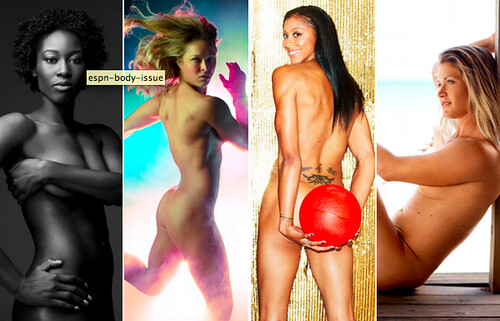Johanna Blakley: Social media and the end of gender, The Codes of Gender, and Killing Us Softly 4 are phenomenal presentations concerning gender in media. The three highly recommended videos unravel the reality of this thesis:
“The strangest thing about seeing an advertisement is that we think it looks normal.”
Although I believe that men and women were created differently, “We don’t come from the womb with proper gender understanding,” we are taught the code of our genders. As Erving Goffman said, “advertising tells us about ourselves.” Women in advertising are often shot “lying down, submissive, sexually available, and dependent. They are often pictured as being unbalanced, dazed, nervous, infantilized, and even dead. Men, on the contrary, are often shot with a look of self-assurance, strength and a cognitive, yet, unbothered presence.
There are small, yet, distinctive gender dividing postures in advertising for example: women touching themselves, or “showed in a breathless posture, or in a posture being held.” Women are constantly shown touching their faces, torsos, arms, and even feet. However, men are rarely ever shown touching themselves. In one of the video presentations, this advertising norm was shown for the opposite gender. Men were positioned in ways that we would often see women in advertising. They were in powerless positions where they were off balance, or they were photographed touching themselves. It was even stated that the rare occasions these types of images were shown were in gay magazines. The media tells us that unless you are a man in control with a firm, empowering posture, that you are gay. Likewise, it teaches us that unless you are insecure and ungrounded, that you are not really a lady.
 |
| Women Olympics http://farm9.staticflickr.com/8156/7607619464_1a2d920954.jpg |
Jean Kilbourne also made the point that even are clothing sizes teach women to become completely powerless. We have sizes such as 0, and 00. Media teaches women not to exist, but to be there as zero exists but is nothing.
We’ve been taught that there is a difference between media and reality, but are we making those distinctions, daily? What postures have we learned without making an effort to learn them? How do we portray our genders, and how are they really?
No comments:
Post a Comment